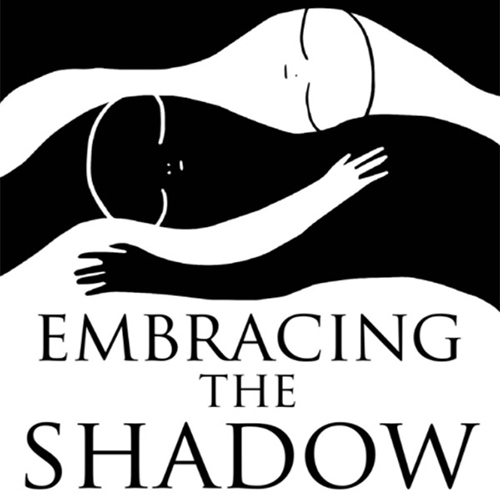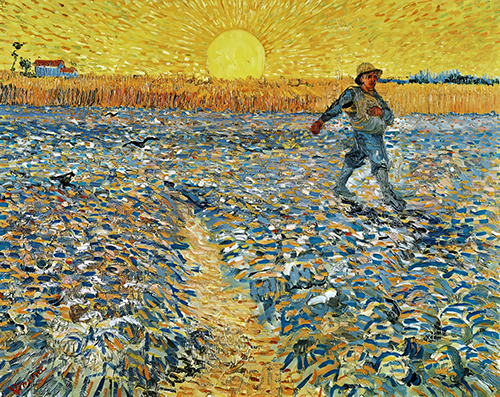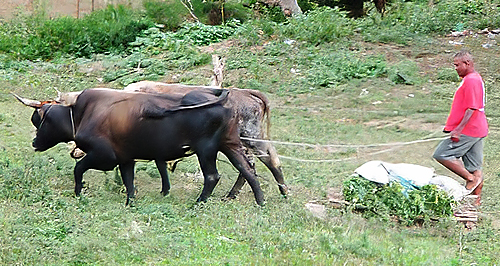Schindler’s List was a screen adaptation of a novel by the Australian author Thomas Keneally. The original novel was published under the title Schindler’s’ Ark.
The book, and subsequent film, tell the story of the German industrialist, Oskar Schindler. The story centres around Schindler’s efforts to save over a thousand Polish Jews from the concentration camps during World War II.
Schindler was certainly no saint. He was a man riddled with contradictions. He certainly knew how to enjoy the so-called good life – cigars, drink, women.
He was a Catholic, though in name only.
He was also a member of the Nazi party, and his avowed aim was to end the war with ‘two trunks full of money’.
He exploited the Jews as a source of cheap labour.
However, anyone who has read the book and/or seen the film becomes aware that Schindler has about him a basic goodness, and in spite of his many lapses, he returns to this better side, his basic goodness.
As the war progressed, Schindler became appalled at the horrors of what was known as the “final solution.”
At considerable personal risk (he was twice arrested by the Nazi), he protected his workers from the death camps.
Oskar Schindler was no angel; he was a human being, an essentially good human being, even though seriously flawed.
I know, for myself, and perhaps you dare reflect, that part of the story’s attraction is that it tells mine!
I am no saint or angel; I understand I am a human being – essentially good yet with serious flaws.

Using the imagery from today’s Gospel ( Mt. 13: 24 – 33) I am indeed a landscape of healthy, ripening wheat, with a fair smattering of darnel.
While growing, to the untrained eye, wheat and darnel look very much alike; when ripe, wheat will appear brown, whereas darnel is black. The farmer needs to work with each growing healthily until they are fully ripe, and then their difference becomes apparent. Weeding too soon and too abruptly may be disastrous – what I or another thought darnel may have proved to be wheat.
Patience and leniency are needed towards ourselves and towards others.
Throughout the Gospel story, the darnel and wheat don’t seem to mind sharing the same plot of land.
What makes the angst between them is a judgement from the outside.
The author Alexander Solzhenitsyn, in his book, “The Gulag Archipelago” writes, “Even in hearts that are overwhelmed by evil, one small bridgehead of good is retained. And in the best of all hearts, there remains an uprooted small corner of evil.” (From The Gulag Archipelago, Part 4, Chapter 1, “The Ascent”.)




